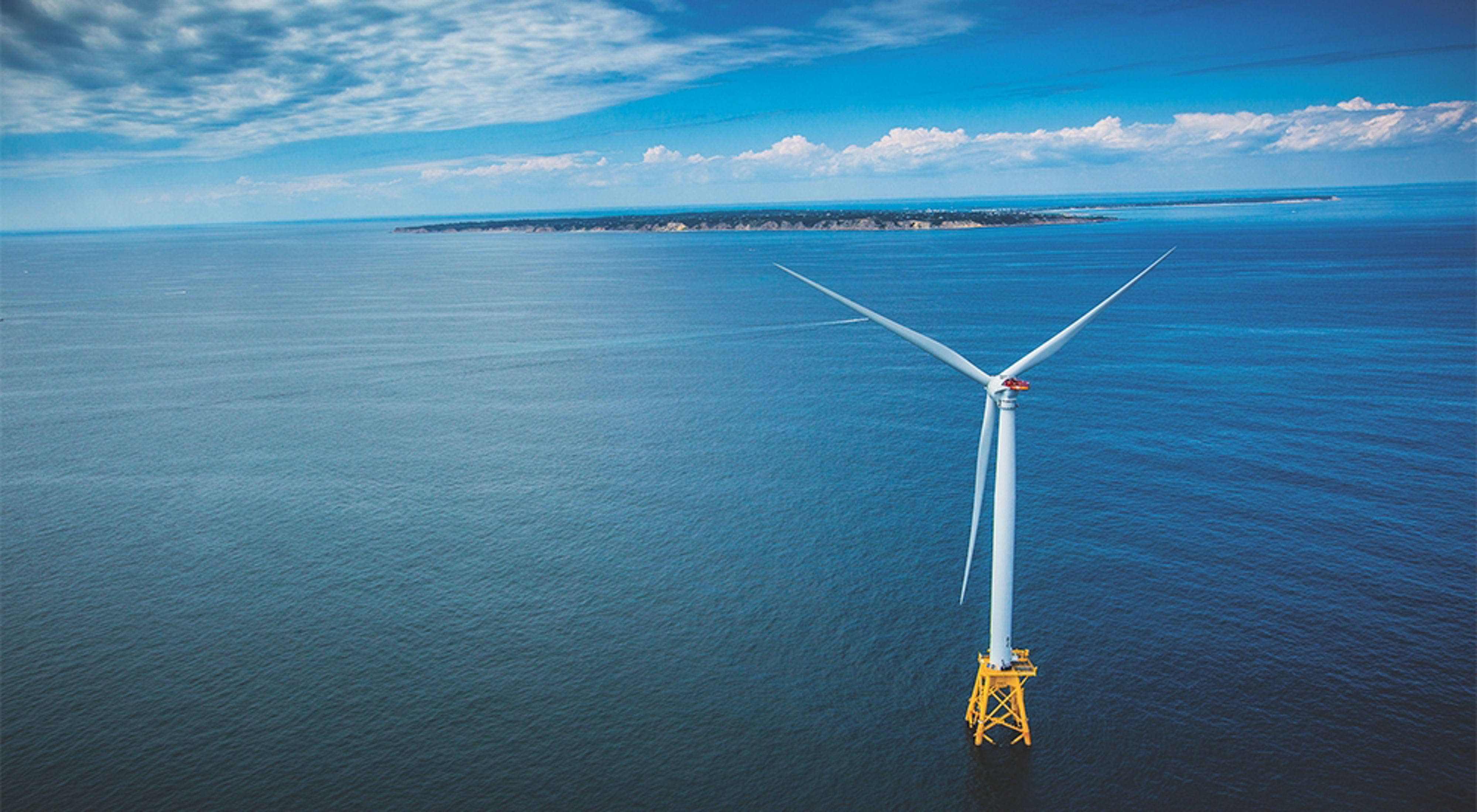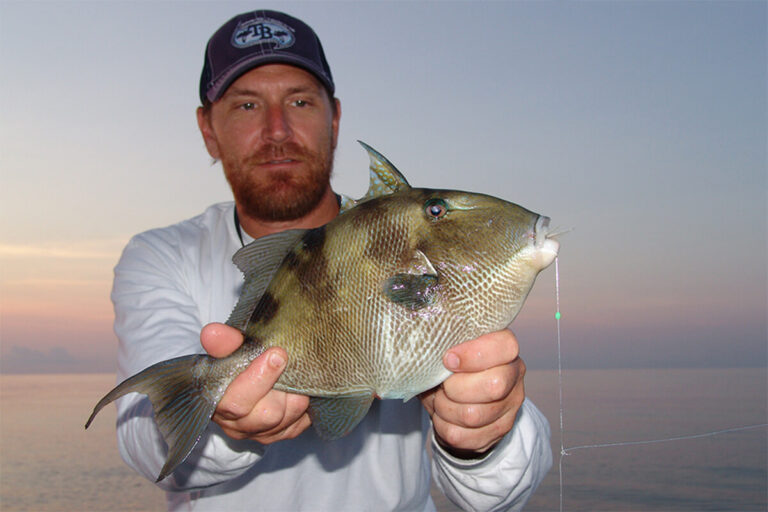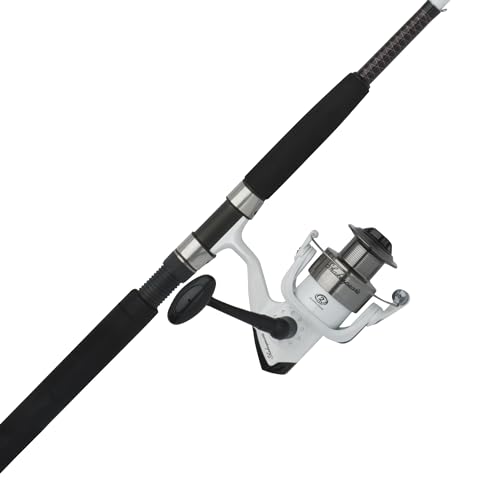When fishing, wind speeds above 20 miles per hour can make it too windy for a successful fishing trip. When planning a fishing trip, it’s important to consider the wind conditions to ensure a productive outing.
Windy conditions can greatly impact the success of fishing, as it can affect casting accuracy, lure presentation, and boat control. Generally, wind speeds below 20 miles per hour are considered ideal for fishing. However, when the wind speeds exceed this threshold, it can become too windy for fishing.
Strong winds can create rough waters, making it difficult to keep the boat in position or maintain stability while casting. Additionally, strong gusts of wind can affect the accuracy and distance of casting, as well as the natural movement of lures in the water. Therefore, it is crucial to monitor wind speeds and choose calmer days for a more fruitful fishing experience.

Credit: www.nature.org
Understanding The Influence Of Wind On Fishing Success
For anglers, wind can play a crucial role in determining the success of a fishing trip. Understanding how wind affects fish behavior and bait presentation is essential to make the most out of your time on the water. In this section, we will explore the effects of wind on fish behavior, the impact it has on bait presentation, and the importance of wind direction.
Effects Of Wind On Fish Behavior
When it comes to fish behavior, wind can have both positive and negative effects. Here are the key points to consider:
- Wind creates wave action, which can disorient fish and make them more likely to feed. This is especially true for predatory species that use the cover of the waves to their advantage.
- On the other hand, excessive wind can make fish more cautious and less likely to venture near the surface. They may seek shelter in deeper areas or behind structures, making them harder to catch.
- Wind can also stir up the water, bringing nutrients and food sources to the surface. This can stimulate feeding activity and attract fish to certain areas.
Impact Of Wind On Bait Presentation
The way wind affects bait presentation is crucial to enticing a strike from a fish. Here are the key points to consider:
- Wind can cause your bait or lure to move more naturally through the water, mimicking the movement of prey. This can make your presentation look more appealing to fish.
- However, strong winds can also make it challenging to maintain control over your bait or lure. It may cause them to drift too quickly, making it difficult for fish to accurately target your offering.
- Consider adjusting your fishing techniques based on the wind conditions. In windy conditions, lures that create more vibration or noise can be effective in grabbing the attention of fish.
Importance Of Wind Direction
The direction of the wind is just as important as its strength. Here are the key points to consider:
- Wind blowing towards the shore can create a favorable current, pushing food sources closer to the edges of the water. This can attract fish and increase your chances of success.
- Fishing with the wind at your back can help you cast further and improve your accuracy. It also allows you to cover more water and increase your chances of finding active fish.
- However, it’s essential to pay attention to your surroundings. Wind blowing directly into structures or obstacles can create turbulent or murky water, making fishing more challenging.
Understanding the influence of wind on fishing success is crucial for anglers looking to maximize their catch. By considering the effects of wind on fish behavior, the impact on bait presentation, and the importance of wind direction, you can position yourself for a successful day on the water.
So, next time you plan a fishing trip, pay attention to the wind and make it work in your favor. Happy fishing!
Determining The Wind Speed Tolerance For Fishing
When it comes to fishing, wind speed plays a crucial role in determining whether it’s a good day to cast your line or if it’s better to stay on dry land. But how windy is too windy for fishing? Determining the wind speed tolerance for fishing requires considering several factors that can influence your experience on the water.
In this section, we’ll explore these factors, discuss the importance of balancing wind speed and fishing conditions, and help you recognize the ideal wind speed range for different fishing scenarios.
Factors To Consider When Assessing Wind Speed
Before you head out on your fishing trip, it’s important to assess the wind speed and its potential impact on your fishing experience. Here are some key factors to consider:
- Wind direction: The direction from which the wind is blowing can have a significant effect on fishing conditions. Crosswinds may create challenging casting conditions, while tailwinds can help propel your bait or lure further into the water.
- Body of water: Different bodies of water react differently to wind. Open lakes and oceans tend to have more wind exposure compared to sheltered rivers or ponds. It’s important to understand how the wind interacts with the specific body of water you plan to fish on.
- Boat or shore fishing: Wind speed affects boat fishing and shore fishing differently. Being on a boat increases your exposure to wind and can result in rougher conditions. On the other hand, shore anglers may find that wind blowing parallel to the shoreline can improve their chances of catching fish.
- Fish species and behavior: Certain fish species may be more active and willing to bite in windy conditions, while others may become less active. Additionally, strong winds may push baitfish closer to the shore, attracting predator fish. Consider the behavior patterns of your target fish species in relation to wind speed.
Balancing Wind Speed And Fishing Conditions
While wind is an important factor to consider, it’s essential to strike a balance between fishing conditions and wind speed. Here’s what to keep in mind:
- Safety first: Safety should always be a top priority. If the wind speed exceeds your comfort level or creates hazardous conditions, it’s best to postpone your fishing trip to another day. Don’t take unnecessary risks.
- Adapt your techniques: Adjusting your fishing techniques can help compensate for windy conditions. Consider using heavier lures or weights to cast against strong winds and focus on fishing in sheltered areas if the wind is too strong.
- Consider alternative locations: If your favorite fishing spot is excessively windy, exploring alternative locations that offer more protection from the wind can improve your chances of a successful angling experience.
- Time of day: Wind conditions can vary throughout the day. Early mornings or late evenings are often characterized by calmer winds, making them favorable times to fish, especially if windy conditions persist during the day.
Recognizing The Ideal Wind Speed Range For Different Fishing Scenarios
In different fishing scenarios, there is an ideal wind speed range that can enhance your chances of a productive and enjoyable fishing outing. Here are some general guidelines:
- Freshwater fishing: In freshwater environments, a light to moderate breeze, around 5-15 mph, can create natural movement in the water and encourage fish to feed. However, if the wind speed exceeds 20 mph, fishing may become challenging, and it’s advisable to seek sheltered areas.
- Saltwater fishing: Saltwater anglers often benefit from windier conditions. A moderate breeze, around 10-20 mph, can help create ripples and waves, making baitfish more active and attracting predatory species. However, strong winds exceeding 25 mph can create rough seas, reducing fishing opportunities.
- Fly fishing: Fly fishermen often prefer calm conditions with a gentle breeze, around 2-10 mph, for optimal accuracy and presentation of their flies. Higher wind speeds can interfere with casting accuracy and make it harder to achieve a natural drift.
Remember, these wind speed ranges are general guidelines, and adjusting your approach based on specific fishing conditions and locations is essential. By understanding the impact of wind speed on fishing and considering these factors, you’ll be better equipped to make informed decisions and maximize your angling success.
Happy fishing!
Strategies For Fishing In Windy Conditions
Fishing in windy conditions can be challenging, but with the right strategies, you can still have a successful fishing trip. Here are some tips to help you adjust your fishing techniques, choose sheltered fishing spots, and make the most of windbreaks and wind shadows:
Adjusting Fishing Techniques For Strong Winds
- Change your casting direction: When the wind is blowing strongly in a certain direction, try casting in the opposite direction to avoid your line being carried away by the wind.
- Use heavier lures: Opt for heavier lures that can cut through the wind and reach your desired fishing spot more easily.
- Adjust your retrieve speed: In windy conditions, fish tend to be more active, so consider increasing your retrieve speed to attract their attention.
- Try bottom fishing: When the wind picks up, fish are more likely to seek refuge near the bottom. Utilize bottom fishing techniques to increase your chances of success.
Choosing Sheltered Fishing Spots
- Research local fishing spots: Before heading out, gather information about nearby fishing spots that have natural wind protection, such as coves, inlets, or areas surrounded by trees.
- Seek out structures: Look for fishing spots near structures like docks, piers, or rock formations, as these can offer a degree of wind protection.
- Consider fishing in a river: Fishing in a river can provide some relief from strong winds, as the flowing water can break up the wind’s force.
- Check weather forecasts: Stay updated on weather conditions and wind speed forecasts to choose the best time and place for your fishing trip.
Making Use Of Windbreaks And Wind Shadows
- Utilize natural windbreaks: Take advantage of natural windbreaks such as cliffs, hills, or vegetation. Position yourself on the leeward side of these barriers to reduce the impact of the wind.
- Create your own windbreak: If natural windbreaks are not available, consider setting up a shelter using a beach umbrella, a windscreen, or even your fishing gear to create a barrier against the wind.
- Fish along wind shadows: Wind shadows are areas where the wind is blocked by structures or land formations. Position yourself in these wind shadows to find calmer waters where fish may be seeking refuge.
Remember, safety should always be your top priority. If the wind is too strong or poses a risk, it’s best to postpone your fishing trip. By adjusting your fishing techniques, selecting sheltered spots, and making use of windbreaks and wind shadows, you can still enjoy a productive and enjoyable fishing experience even in windy conditions.
Happy fishing!
Conclusion
Ultimately, understanding the impact of wind on fishing is crucial for a successful angling experience. As we have learned, wind can both enhance and hinder our fishing endeavors. While a gentle breeze can improve fish activity and make for an enjoyable outing, strong winds can create challenging conditions and make it difficult to reel in a catch.
It is important to consider factors such as wind direction, speed, and the type of fish you are targeting when deciding whether to fish in windy conditions. Additionally, being prepared with the right gear and knowing how to adjust your techniques can help maximize your chances of success.
So, before heading out to the shoreline or getting on a boat, take a moment to assess the wind conditions, and make an informed decision about whether it is too windy for fishing. Remember, adaptability and knowledge are key to a productive and safe fishing trip.
Happy fishing!




